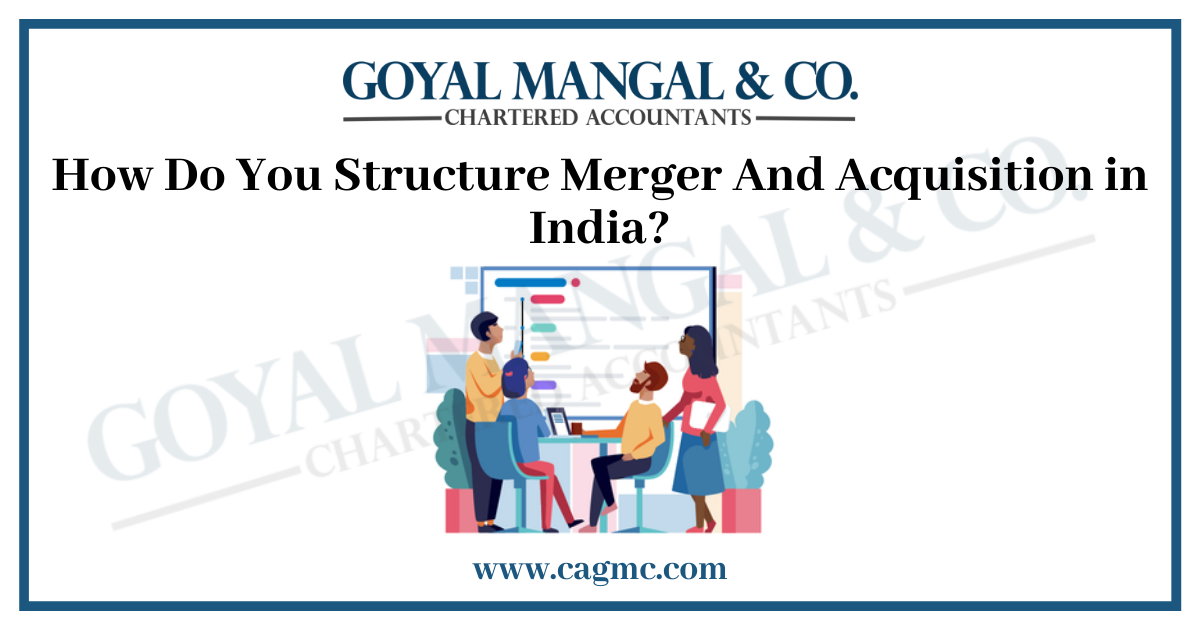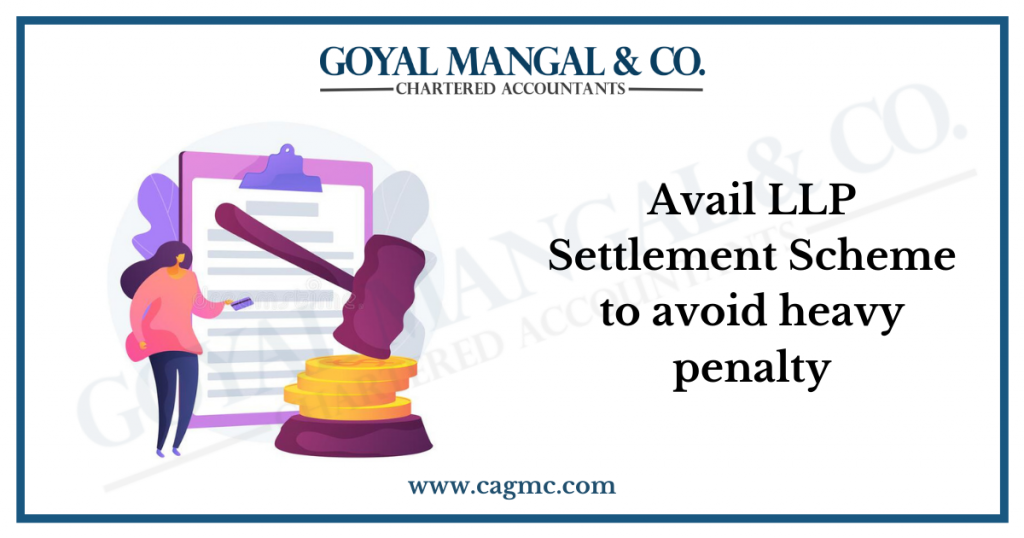
Various provisions of Merger and Acquisition are provided under The Companies Act, 2013 but no specific definition is provided. Generally, Merger and Acquisition are two different terms. When two different company of the same size joins together to form a new company is called Merger. On the other hand, In Acquisition one company takeovers the other company and become the new owner of that company by taking the maximum share of that company .
| TABLE OF CONTENTS: |
Advantages of Merger and Acquisition
- Combines the power and control over the market.
- Cost benefits, as if a company wants to expand their operation, it’s cheaper and easier to merge with an existing firm.
- Reduces competition from the business point of view, as it put less pressure to reduce the price and maintain market pressure.
- Economical as there is sharing of resource and services are .
- Provides various tax advantages. For instance, if the losses are incurred by one entity can be off against the profit generated by another entity. In that way minimize the tax liability.
The basic difference between Merger and Acquisition
| Basis | Merger | Acquisition |
| Meaning | It is process in which two or more entity joins together to form a new entity. | It is the process where one company takes over the other company completely. |
| Consent of Parties | Mutual consent of both parties is involved. | Not always with the mutual consent of both parties it can be a hostile takeover. |
| Name of Company | Operates with the new name. | The name of the acquiring company is used but if the acquiring company thinks fit then he can use the exiting name of the acquired company. |
| Size of Company | The size and scale of business are more or less the same. | The company who is acquiring the target company is large and financially strong. |
| Issue of Shares | Can issue new shares | Cannot issue a new share |
| Legal Formalities | Legal formalities are more | Legal formalities are less |
Types of Merger and Acquisition
- Merger: There are five types of Merger:
- Horizontal Merger: Generally, these are the mergers in which the two different entities are dealing with the same product or provide the same services.
- Vertical Merger: Generally, the merger where two or more entities provide goods and services to make the final product or goods to the consumer. For example, if “A” company is an ice cream maker and “B” company is a cone maker then both the company merges to form an ice cream company.
- Conglomerate Merger: Generally, these are the merger of entities who are different from each other and there is no relation in the business of both the entities.
- Co-generic Merger: Generally, these are the mergers that are based on the same customer groups, technology, or functions.
- Forward Merger: Generally, these are the merger in which the entity merges with the buyer himself which leads to an increase in profit.
- Acquisition: There are two types of Acquisition:
- Friendly Acquisition: These are the acquisition where both the entities with mutual consent agree to the acquisition. The acquiring entity offers the target company and the target company accepts the offer. This acquisition is generally for the benefit of both the company.
- Hostile Acquisition: These acquisitions are generally without any agreement or the mutual consent of the target company. Generally, the takeover is done when the major stake is taken and ownership is taken secretly occupied by the acquiring entity.
Structure of Merger and Acquisition
There are three options for structuring the Merger and Acquisition:
- Stock Purchase: In this, the buyer will purchase the stock from the stockholders of the target company. The target company remains the same but with the new ownership. Before buying the stock the buyer can negotiate so, that he can completely understand the target company. It means the control of assets and liability of the target company is the hand of the buyer.
- Asset Acquisition: In this, the buyer will purchase the assets of the target company. It is the best dealing structure for the target company if they prefer cash transactions. The buyer can choose which asset he wants to purchase.
- Merger: In this, two companies come together to form one new legal entity. The merger is less complicated than acquisition as of all the liabilities and assests of both the company becomes the part of the new entity.
Parties involved in Merger and Acquisition
- Lawyers
- Bankers
- Investment Banks
- Bankers
- Government and Regulatory
Not only the above parties but, the external agencies and international bodies also play an important role in the process.
Basic Steps for Merger and Acquisition Process
- Plan of action: Before the merger and acquisition the buyer will identify the motive, transaction process, the amount they are willing to invest in the business will give benefit by the process of merger or acquisition.
- Contacting and identifying the target entities: After the plan, the buyer will identify the entity that fits in their plan of action and start contacting them to show interest. The main purpose is to obtain more information about the targets and the entities which they are interested to merge or acquire.
- Information exchange: when both, parties will show interest in the process, then they will start the documentation process and sign the confidential document by showing interest. The information which is exchanged is financial, management, history or transactional, etc.
- Valuation: The acquirer entity will ask the target entity to provide financial information so, that the acquiring entity can evaluate their target to see how to reduce cost and earn more profit.
- Offer and negotiation: After the valuation of the cost acquiring entity will give an offer to the target entity after which they can negotiate in deep detail.
- Due diligence: After the acceptance of the offer the acquirer will correctly assess the target in detail like the assets, liability, customers, financial books, human resources, etc. so, that there can be transparency about the information which was earlier provided to the buyer.
- Purchase and sale agreement: After the due diligence, there will be the final agreement between the parties. The agreement will be final for the purchase of assets or the purchase of shares between both parties.
- Integration and closure: As the purchase agreement is finalized both the party will close the deal by signing the documents and the buyer will take control and the management of both entities will work as one same entity.
Conclusion
Nowadays, Mergers and Acquisitions are becoming popular due to large competition in the market. To reduce competition or to get a good hold in the market company to prefer Merger and Acquisition. This process also provides various tax benefits, financial help but with this, there are various adverse effects such as conflict in the business environment and employees turnover. The entity should verify and check before getting into the process of Merger and Acquisition. So, the entity gets the gain and doesn’t have to face any loss due to the process.


